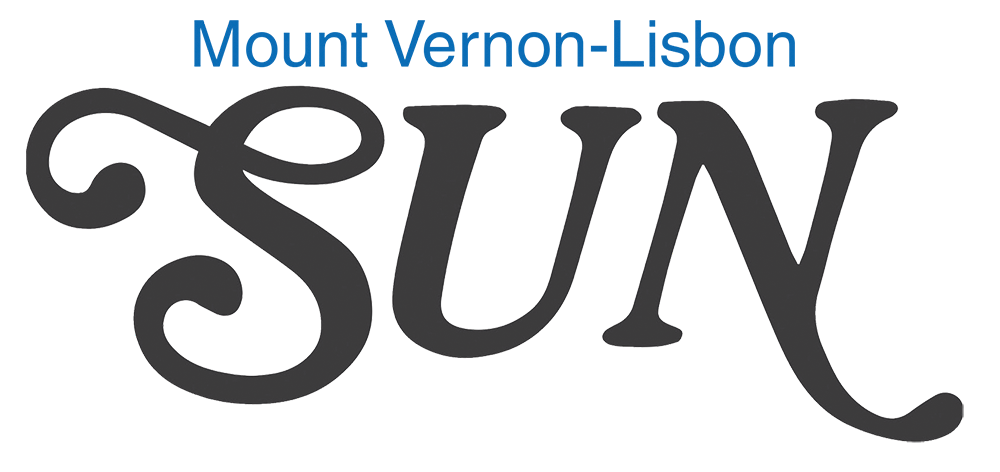Mount Vernon Schools approved the finance report of the district presented by business manager Michael Marshall at the November school board meeting.
Marshall said that there were only two funds that showed downward trends for the district in the past year, the general fund and physical plant and equipment levy.
The general fund’s downward trend is what the district was looking to help curb in the budget cuts made in April and May’s meetings.
Those cuts were also targeted to help the district’s unspent authority improve.
Marshall said the district’s solvency ratio has decreased over the past five years, but there are ways to make improvements to that ratio in a more quick manner.
Looking at the five-year history of the general fund, in fiscal year 2022 is the first year that a deficit was seen, which continued in 2023 and 2024. The largest increase to the general fund is salaries and benefits for employees, amounting to roughly 80 percent of the district’s budget.
Marshall said that the general fund is being impacted by the declining enrollment trend for the district. While the district has a good number of students who open enroll into the district, the number of students who reside in the district but do not attend Mount Vernon Schools is still declining, which impacts revenues of the school.
Another number that Marshall said the district should keep an eye on is the number of residents who are taking education savings accounts from the district. In 2025, that number was a 11 students. In fiscal year 2026, that increased to 21.
“If that number continues increasing, our enrollment count for resident students is likely dropping, which impacts the general fund,” Marshall said.
Mount Vernon’s certified enrollment for the next fiscal year is 1080.3, which is 14 students less than fiscal year 2025 with 1097.6. Certified enrollment is what generates revenue for the district.
Mount Vernon remains a district of choice, however, as the district has 392.6 students who open enroll into the district, up from 369.4 in fiscal year 2025, an increase of roughly 25 students.
Superintendent Matt Leeman explained that the difference between certified enrollment and open enrollment is that the district can’t bond against open enrollment numbers.
“That gets you into a situation where you may have hundreds of more students you’re teaching, but you can’t bond to build a new building because your certified enrollment numbers have dropped so low,” Leeman said.
Marshall later outlined how state supplemental aid and declining enrollment can impact the district’s budget,with projections of losing 10 students per year and only receiving 2.5 percent in state supplemental aid. By fiscal year 2027, the district was seeing a change in unspent balance authority, and by fiscal year 2029 that fund balance was below 3.5 percent, when the target was to keepthe fund above 7 percent.
In a projection of 5 percent SSA this year and then 2.5 percent all other years through fiscal year 30, the fund remains above 7 percent. In a projection of 1 percent SSA for fiscal year 2026, the unspent balance is below 7 percent by fiscal year 2027.
“Just small changes in the amount of funding from the state can have huge impacts on school districts,” Leeman
said.
School board member Lance Schoff wanted citizens to remember when they hear these numbers being discussed, that they have a big impact to local school districts.
As for the physical plant and equipment levy, the decrease there was due to the expenditures of building the new activity complex.
That led to a deficit of roughly $1.874 million, but it was money the district had on hand for the project, having raised $3 million for the project in fiscal year 2023 and holding a portion of that amount over from that year until the project was completed.
The activities fund showed an increase in revenue for the year, a portion of which Marshall said came from the new activities complex opening last September.
The management fund is slated to see increases in the next fiscal year. Marshall reminded the school that they will be paying for gas costs from that fund in the next year, a choice made to get that off of the general fund expenditures, which could see 10 to 15 percent more in expenses to the fund in coming years.
“The only other item this fund is used for is offering early retirement plans if they’re needed,” Marshall said. The SAVE fund had 1.298 million in expenditures and $1.622 million in revenues. The fund is used for technology, building repairs not covered by the PPEL fund, vehicle purchases and other unexpected expenses.
The district’s debt service fund generated $2.514 million in revenue and $2.44 million in expenses. Marshall said that revenues in the nutrition fund for the district were slightly decreased in the last fiscal year.
“The district had been seeing more federal funding for the fund in prior years we’re not seeing now,” Marshall said.
The daycare fund was in the positive this year, and that balance has been growing since the COVID-19 pandemic years. The board approved the financial report for the district.
